The word “shaman” comes to us from the language of the Evenk, a Tungus-speaking group of hunters and reindeer herders in Siberia – and it refers to a person of any gender[ref]In the Tungus language the word “saman” was gender neutral. The word applied to both men and woman shamans. The words “shamanka” and “shamaness” that are sometimes used to designate female shamans are modern contrivances.[/ref] who makes journeys to non-ordinary reality in an altered state of consciousness.
Although the word “shaman” originated in Siberia, shamanistic practices exist throughout the world, primarily among indigenous peoples. The practice of shamanism is a method, not a religion – and it coexists with established religions in many cultures.
The shaman sees the universe as “triple-layered” – consisting of an Upperworld, Middleworld, and Underworld – that’s inhabited by spirits. In their trances, shamans are able to communicate with these spirits – and they serve as mediators between people and the spirit world.
Religious historian, Mircea Eliade, wrote that shamans have “special relations with ‘spirit,’ ecstatic capacities permitting magical flight, ascents to the sky, descents to the underworld . . . etc.”[ref]Mircea Eliade, Shamanism. Archaic Techniques of Ecstasy, (Princeton, NJ: Princeton University Press, 1964), 6[/ref]
The ecstasy that’s associated with shamanic trance-like states is not the ecstasy that’s familiar to our western experience – but, ecstasy in the Latin sense – meaning states outside of the normal state, emotion, or consciousness including extreme states of anger, joy, and other emotions.
According to anthropologist Michael Harner these esctatic states are achieved
In about 90% of the world . . . through consciousness-changing techniques involving a monotonous percussion sound, most typically done with a drum, but also with sticks, rattles, and other instruments. In perhaps 10% of the cultures, shamans use psychedelic drugs to change their state of consciousness.[ref]Shamanic Healing: We Are Not Alone – An Interview of Michael Harner by Bonnie Horrigan, Shamanism, Spring/Summer 1997, Vol. 10, No. 1.[/ref]
So, what is a shaman? Eliade wrote that “the shaman is the great specialist in the human soul: he alone ‘sees’ it, for he knows its ‘form’ and its destiny.”[ref]Mircea Eliade, Shamanism, 8[/ref] Shamans are public servants working on behalf of the collective. The shaman guards the community’s soul. And, if the need arises, society itself can become the shaman’s collective patient.[ref]David Browman & Ronald Schwarz, Spirits, Shamans and Stars: Perspectives from South America, (New York: Mouton Publishers, 1979, 140.[/ref]


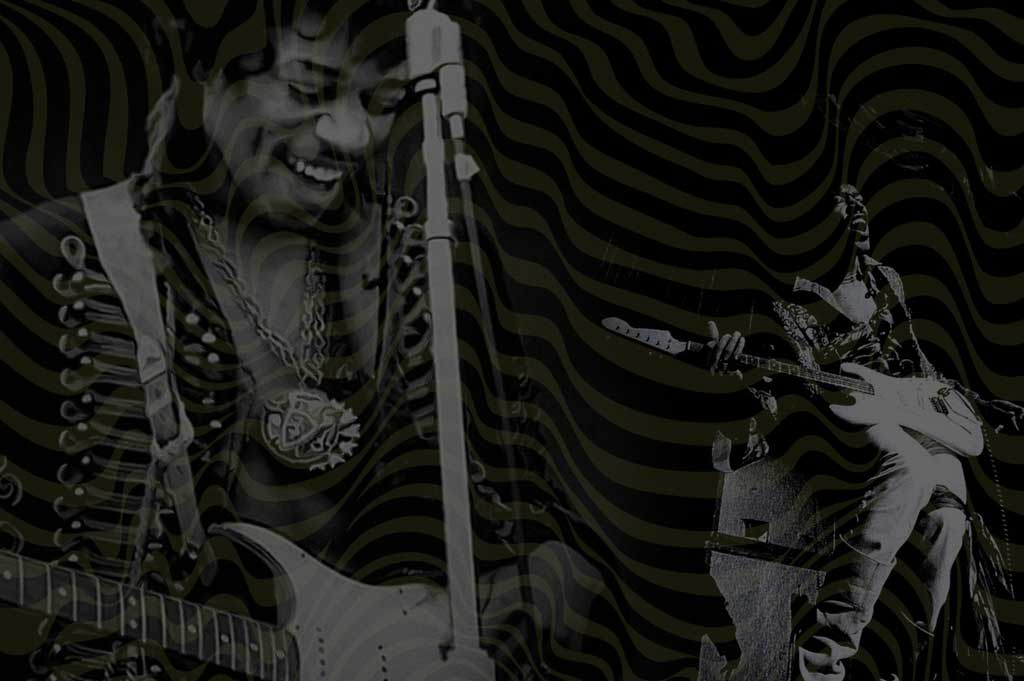
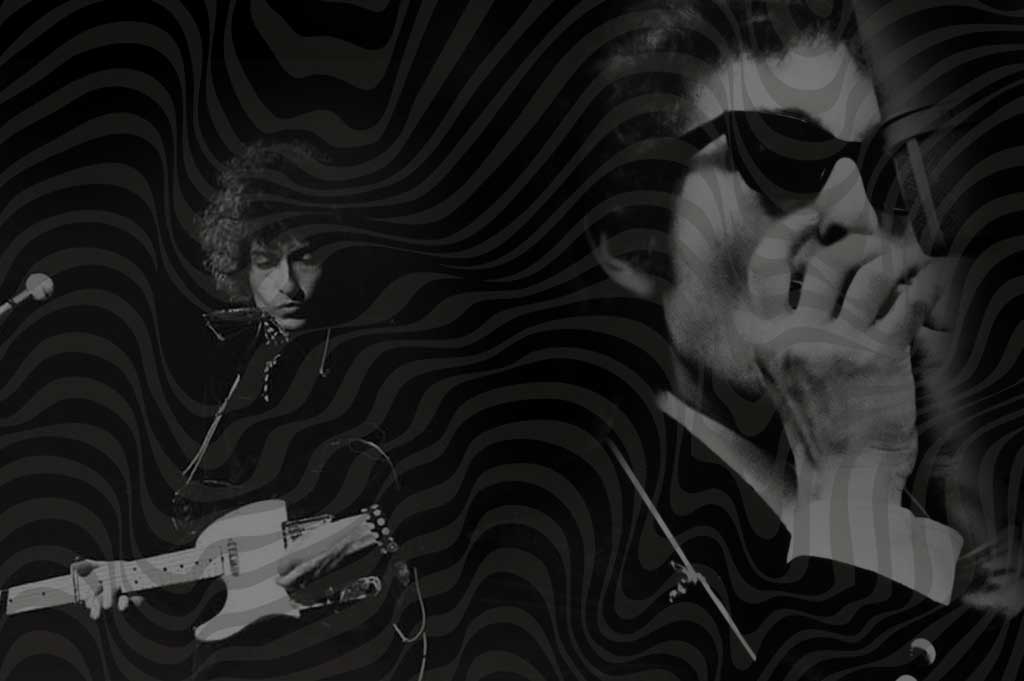
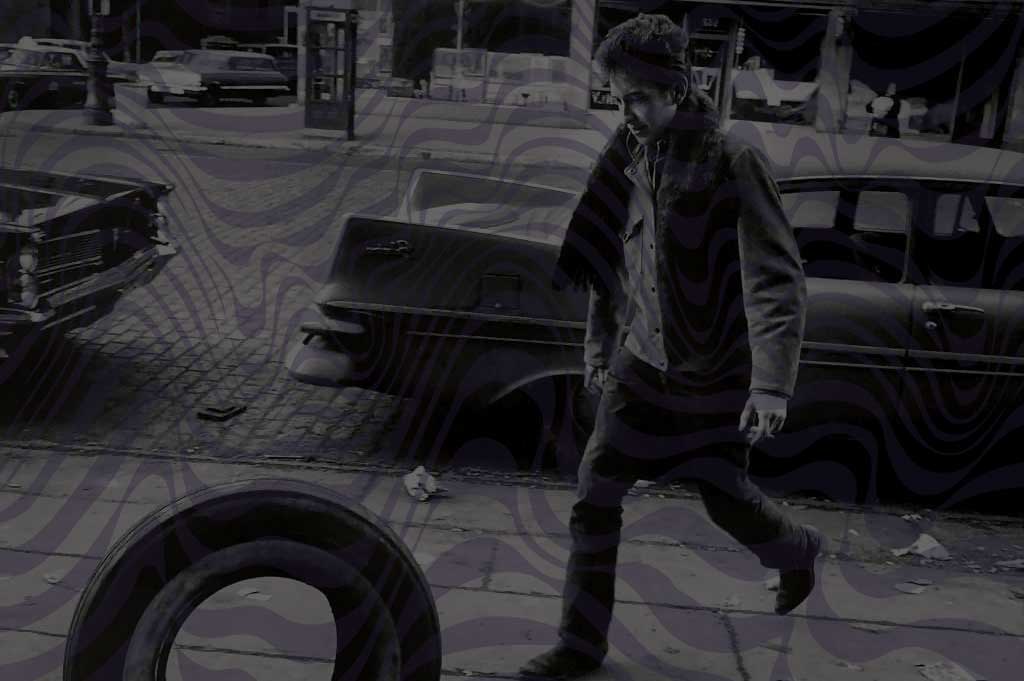
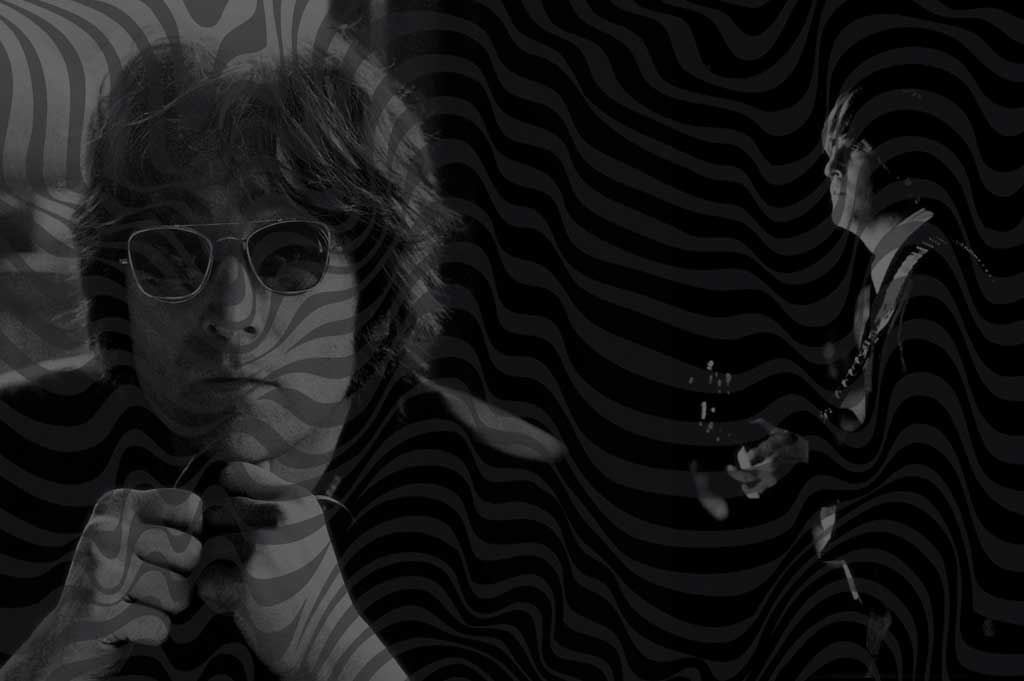
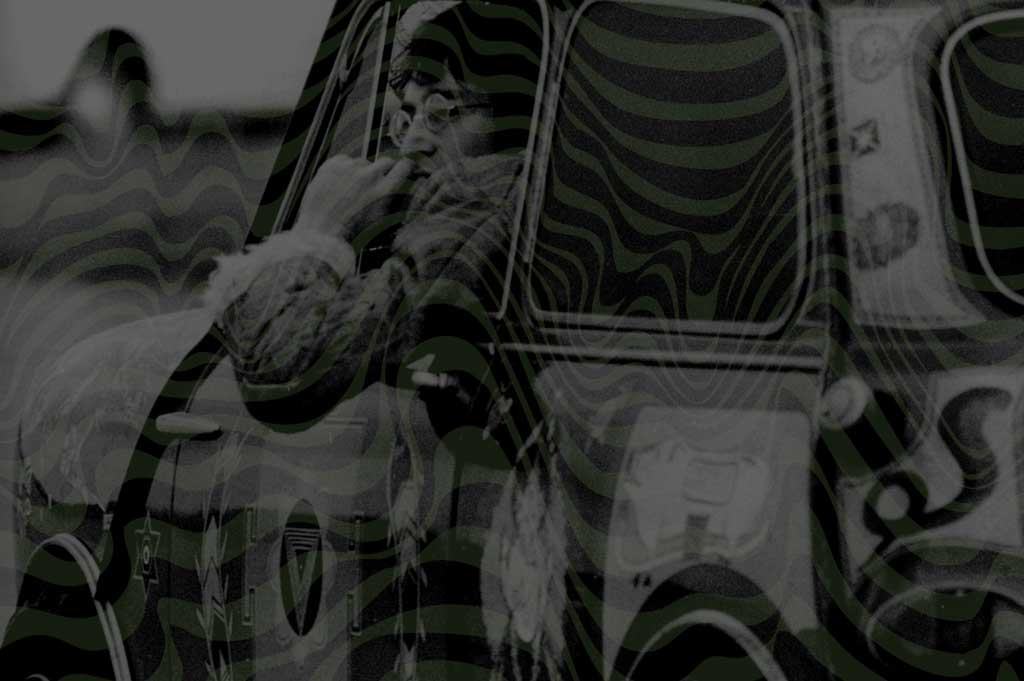
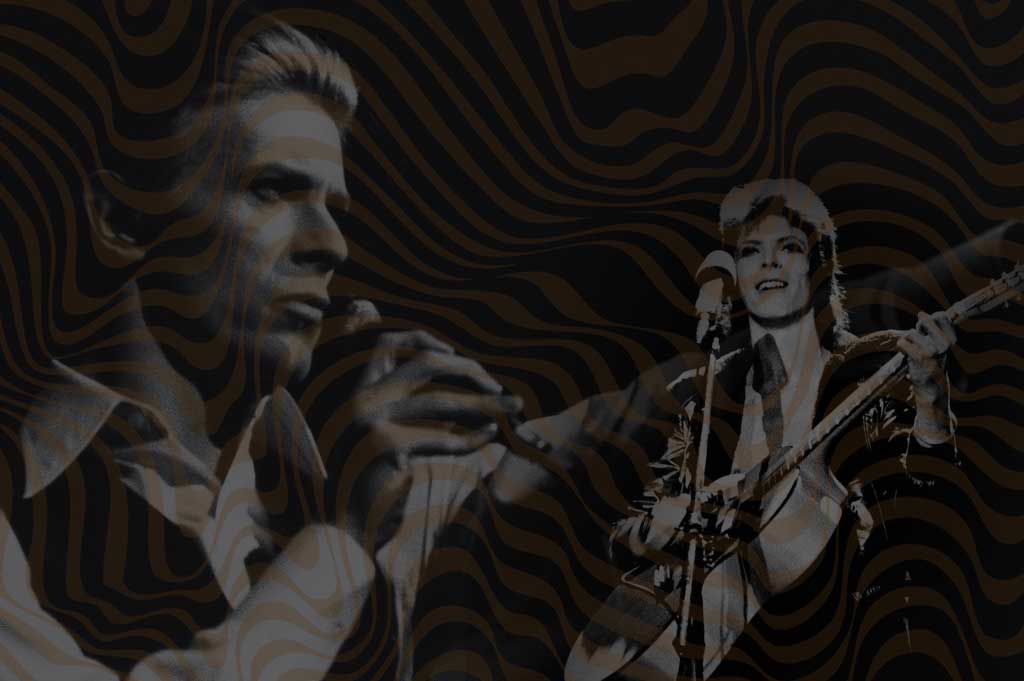
This is very interesting. I have never had anyone fully explain what shamanism is before. I would like to know someone can enter the spirit world, and what it is like. It would be helpful if someone could explain it in great detail, what it feels like. I hope to be able to meet a shaman in action one day.